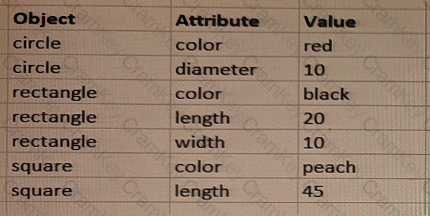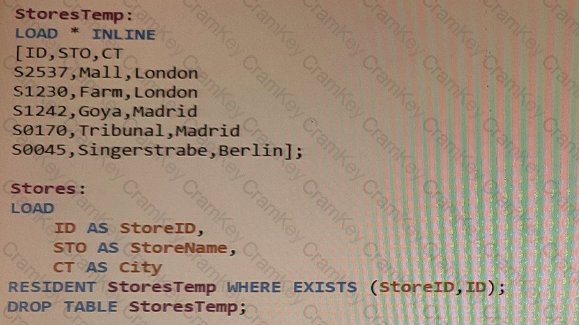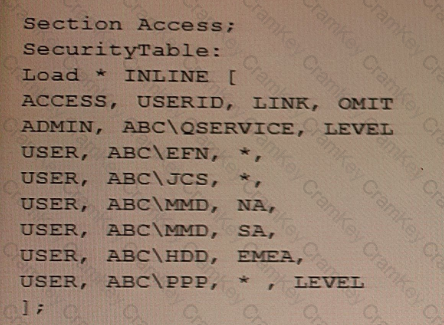Qlik Sense Data Architect Certification Exam - February 2021 Release
Last Update Jan 7, 2026
Total Questions : 50
To help you prepare for the QSDA2021 Qlik exam, we are offering free QSDA2021 Qlik exam questions. All you need to do is sign up, provide your details, and prepare with the free QSDA2021 practice questions. Once you have done that, you will have access to the entire pool of Qlik Sense Data Architect Certification Exam - February 2021 Release QSDA2021 test questions which will help you better prepare for the exam. Additionally, you can also find a range of Qlik Sense Data Architect Certification Exam - February 2021 Release resources online to help you better understand the topics covered on the exam, such as Qlik Sense Data Architect Certification Exam - February 2021 Release QSDA2021 video tutorials, blogs, study guides, and more. Additionally, you can also practice with realistic Qlik QSDA2021 exam simulations and get feedback on your progress. Finally, you can also share your progress with friends and family and get encouragement and support from them.
Refer to the exhibit.

While performing a data load from the source shown, the data architect notices it is NOT appropriate for the required analysis.
The data architect runs the following script to resolve this issue:


Refer to the exhibit
A data architect develops an app for Coffee4all, a coffee company with stores located throughout Europe
The script runs successfully, but the Stores table does not have any values.
What should the data architect do?

The Section Access security table for an app is shown. User ABC\PPP opens a Qlik Sense app with a table using the field called LEVEL on one of the table columns.
What is the result?
Adata architect needs to efficiently prepare a data model for a meeting in an hour.
The data source to be used contains five date fields The app needs to display sales trends and compare the current year to date (CYTD) to last year to date (LYTD) The app is NOT going to be published It will only be used for this meeting and a single user's ad-hoc analysis.
What should the data architect do to meet these requirements?